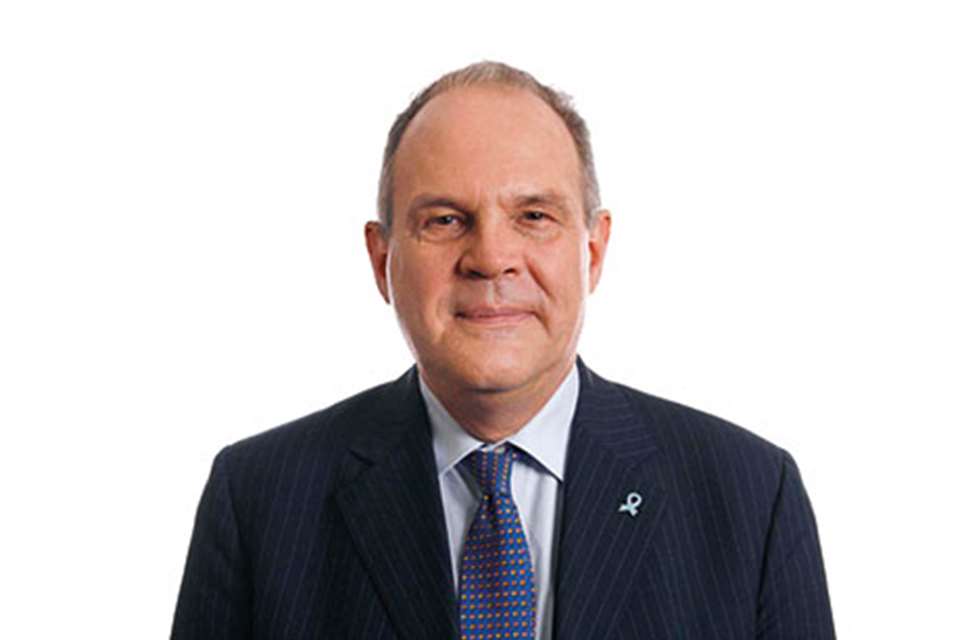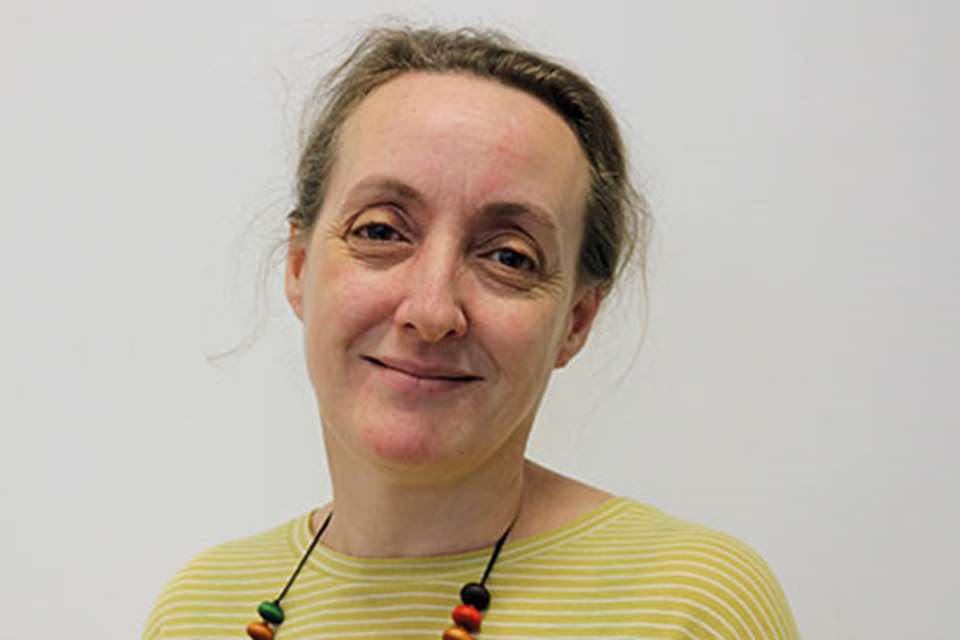Interview - Jeremy Davies
Monday, November 26, 2018
Mr Davies is a member of the GenderEYE (Gender Diversification in Early Years Education) research team

TELL US ABOUT YOUR RESEARCH PROJECT WITH LANCASTER UNIVERSITY ABOUT MEN IN EARLY YEARS
GenderEYE is a two-year study by Lancaster University’s Department of Educational Research and the Fatherhood Institute, funded by the Economic and Social Research Council.
We are working with early years providers and practitioners in four research hubs (Bradford, Bristol, London and Southampton) to explore why so few men are going into, and staying in, early years work; to consider what rationales (explicit and implicit) exist for increasing male recruitment; and to develop a workable framework to rationalise the value of male involvement. At the end of the project we will produce a toolkit and training to support future efforts to make the sector more gender-diverse and gender-flexible in its approach.
We are using a variety of methods – interviews, case studies, surveys and, to help tap into some international expertise, a ‘knowledge exchange event’ with colleagues in Norway, which took place earlier this month.
WHAT DID THE NORWAY TRIP INVOLVE?
Three of us from the research team (myself, Dr Jo Warin and Dr Joann Wilkinson) and our four hub leaders – David Wright (Southampton, Paint Pots Nurseries), Imran Hafeez (Bradford, National Literacy Trust), Craig Black (Bristol Men in Early Years Network) and Naomi Blackwood (London Early Years Foundation) – took part in a two-day knowledge exchange event with colleagues in Trondheim, Norway.
We visited a forest kindergarten and heard from academics, early years teachers and others about how they had approached expanding the male proportion of the workforce – which is currently about 10 per cent nationally and has reached 50 per cent in some settings. It was an inspiring trip and the next phase of our study, during December and January, involves taking the learning back to each of the hubs.
WHAT DO YOU THINK NURSERIES CAN DO TO TACKLE THE PROBLEM?
There’s a lot we need to learn, but evidence suggests a strategic approach is most likely to be successful. At the level of an individual setting this might mean working across the management and staff team to ensure men’s involvement is really valued and this is reflected in recruitment, safeguarding and other practices. Strong leadership seems to be important.
Some challenges may be too broad-based to be solved by individual nurseries; if local careers advisors are pushing girls towards early years courses and boys towards car mechanics, for example, it may take concerted action by all early years providers in the area to negotiate a more gender-flexible approach.
Internationally, the countries which have progressed furthest have developed co-ordinated gender equality policies and invested in long-term change programmes. In Norway, the proportion of men in early childhood education has been a policy priority for many years. The national plan includes a target of 20 per cent men working in kindergartens, alongside progressive policies on parental leave, the gender pay gap and female representation in boardrooms.
Some settings in Norway have 30-50 per cent male workforces, achieved through strong leadership, alongside government funding to support creative recruitment campaigns and gender-diverse practices.
WHY DO YOU THINK THERE ARE STILL SO FEW MEN WORKING IN THE SECTOR?
Sometimes this is presented as a problem with men: that they just aren’t interested in this kind of work – and it’s true that lots of men would feel ‘out of place’ in the early years sector as it exists currently.
But there are clearly some men who might have relevant skills and experience to work in this field – lots have built up great knowledge and experience as hands-on fathers or grandfathers, for example.
So we want to explore the structural barriers that get in the way of male involvement: bias in the advice given by careers advisers, for example; lack of male-friendly training routes; and recruitment methods that fail to engage effectively with potential male candidates.
Men already working in the sector often describe it as quite a hostile environment, where men feel unwelcome and isolated, and may be viewed with suspicion. We have heard about instances of parents complaining that they do not want men to change their children’s nappies, for example, and settings making special arrangements to accommodate such requests. We will look at how settings might ensure that safe services are delivered in non-discriminatory ways.
More broadly we will also consider stereotyping of male and female staff in early years spaces, and its impact. Are men being pushed into performing certain kinds of roles within the setting, such as playing football or doing outdoor play, and women pushed towards more ‘caring’ roles? How might female and male staff be encouraged and supported to work in interchangeable ways?







